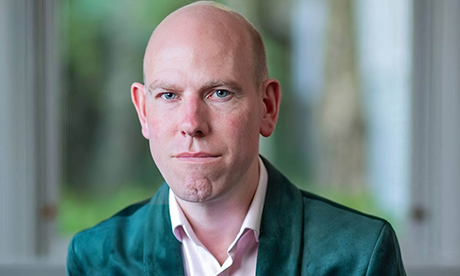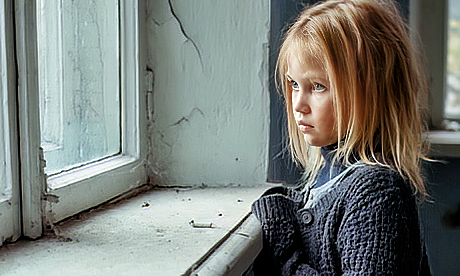Prime Minister Chris Hipkins is known to dislike the nickname Chippy, a hangover from his student days.
Given the way he has chewed through Jacinda Ardern’s old policies, maybe we should instead call him the Wood Chipper: big, gnarly policy offcuts are fed in, and out comes a handy pile of pie-related photoshoots and small-target appeals to swing voters.
Judging by last Thursday’s poverty statistics, however, Hipkins has a new problem from the past to test his well-honed political skills.
When Labour came to power, it made a big play about addressing child hardship.
It was, Ardern made clear, a moral stain on the country, as well as an appalling waste of potential.
Making herself child poverty reduction minister, Ardern set her government immensely demanding targets.
Ever since the Rogernomics reforms of the 1980s, and the cruel benefit cuts of the 1991 Mother of All Budgets, New Zealand has had some of the developed world’s worst child poverty rates.
When Ardern came to power, the number of children living below the poverty line – often defined as half the typical household’s income, because that’s the point where paying the bills gets unmanageable – was 16.5%, or one in six.
By 2028, she wanted that down to just 5%, or one in 20.
Child poverty is a mortal stain on the country, and an appalling waste of potential.
This would represent an extraordinary accomplishment, slashing the amount of misery experienced by struggling families and taking the country from among the developed world’s worst performers to among its best.
In the early years of her government, things went well.
The Families Package put $1 billion a year into poor households’ pockets, through the Best Start payment, increases to Working for Families, and other policies.
The poverty rate dropped from 16.5% to around 13% in 2020, lifting 30,000 children above the line and into a better life.
Since then, though, progress has ground to a halt.
The child poverty rate, last Thursday’s data showed, was about 12% in June last year.
On all measures, it was essentially flat between 2021 and 2022.
On the one hand, it is a testament to the government that, during a pandemic, it did not allow overall poverty rates to spike.
Some people may ask how the official figures can say as much, given that the media are full of stories of spiralling foodbank use and the catastrophe that is emergency motel housing.
But the two stories are not inconsistent.

Max Rashbrooke
The most vulnerable people have, during the pandemic, found things unbearably hard; their misery, the depth of their poverty, has clearly increased.
But at the same time, tens if not hundreds of thousands of families have benefited from Labour’s ongoing minimum wage increases, tax-credit rises, and a $100-a-week boost to the core benefit since 2018.
That has helped lift, or at least sustain, their incomes, resulting in a flat overall child poverty rate.
Even that, though, poses real problems for Hipkins. Continue reading
- Max Rashbrooke is a senior associate at the Institute for Governance and Policy Studies, Victoria University of Wellington-Te Herenga Waka.
News category: Analysis and Comment.




